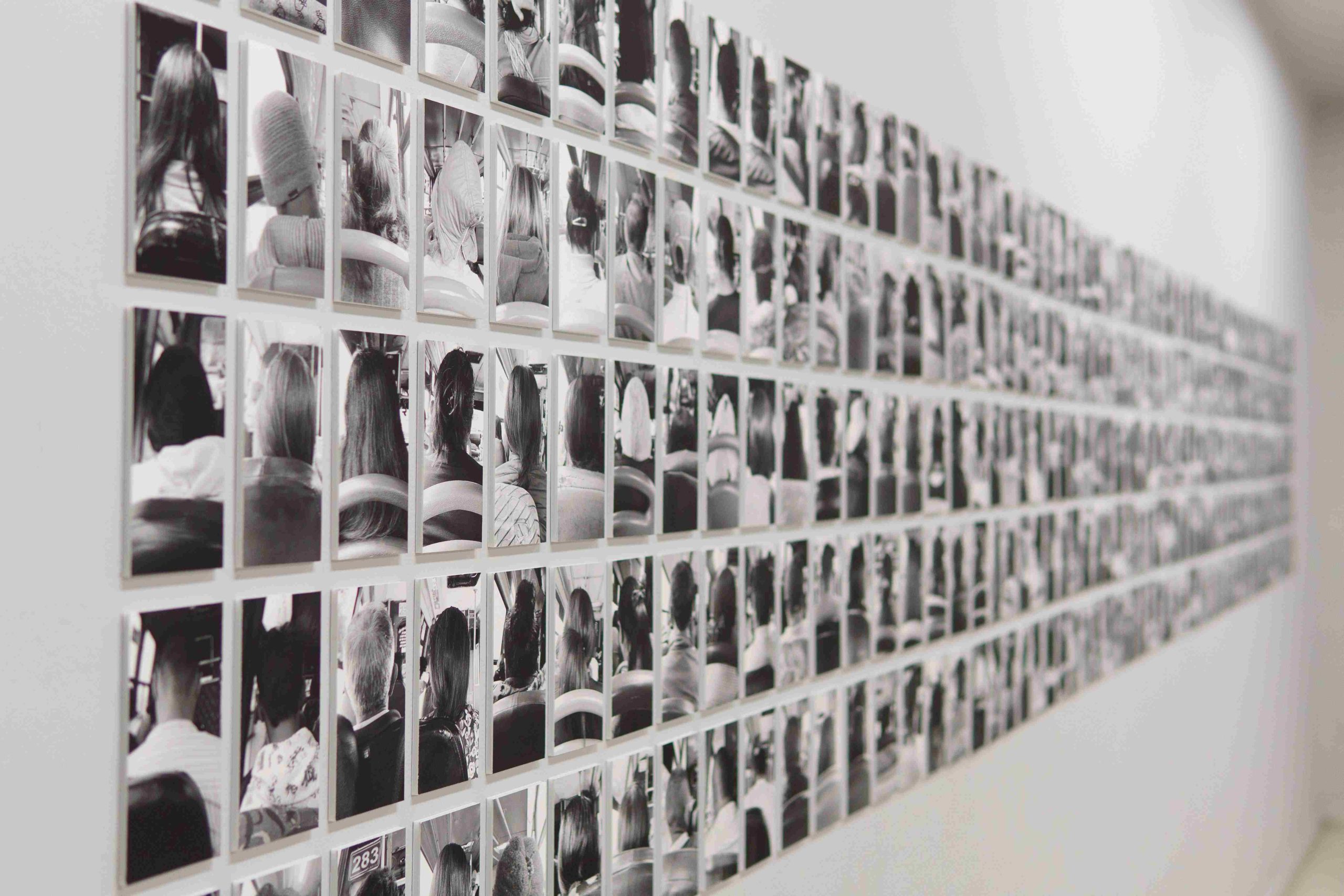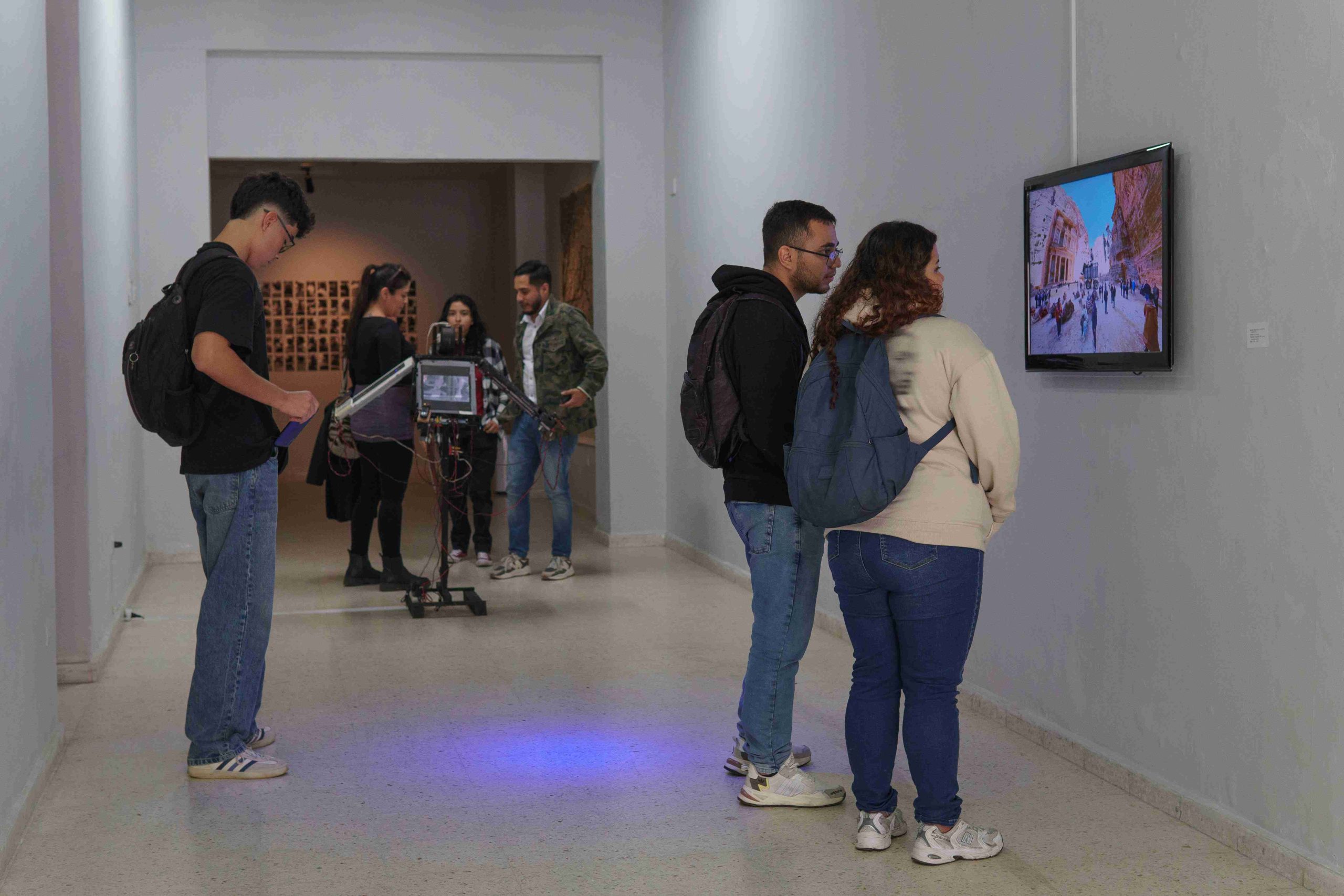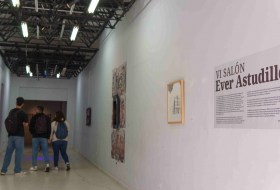News
The VI Ever Astudillo Salon: A Tribute to the Artist Who Made the City a Language
With the strength of a line that never fades and the echo of a gaze that still roams the streets of the Cauca capital, the "VI Ever Astudillo Salon: Dialogues with Ever Astudillo" was inaugurated — an exhibition that goes beyond the visual to become a space of living memory and contemporary creation. From April 10 to 25, at the Contemporary Hall of the Faculty of Arts of the University of Cauca and the Panteón de los Próceres Memory Center in Popayán, alumni of our Alma Mater and professors from the Fine Arts Program gather to pay tribute to one of the great figures of Colombian art.
Ever Astudillo was not only a master of drawing; he was a master of life, thought, and cities. Trained at the Departmental School of Fine Arts in Cali and later at the National Autonomous University of Mexico, he received major accolades in 1968, such as First Prize at the SENA Student Salon in Cali and an Honorable Mention at the First Young Artists Salon of the University of Antioquia. But beyond the awards, his true legacy lives on in the faces of those who knew him, in the classrooms of Unicauca where he taught, and in the works that keep his name ever present.

Provided photo
For this reason, the curatorial proposal of the VI Salon is an invitation to a deep dialogue, understood as an honest exchange between artists and teachers; between techniques and memories; between bodies and cities. Each participating artist — from those who had the fortune of sharing spaces with Ever to those who were his students or came to know him through his work — presents a proposal that builds bridges with his thematic creations, techniques, and urban sensitivity.
As curator Duberney Marín expresses, "This salon was not the result of an open call, but a conscious invitation to artists who already had emotional or artistic ties with Ever Astudillo. Thus, rather than replicating his works, it proposed an exercise in interpretation and resonance: how can we speak with Ever from the present? How can we construct a visual conversation with his legacy? The result is a pluralistic gallery, rich in languages, that keeps the flame of his aesthetic thought alive."

Provided photo
Although drawing was essential in the work of this master — who turned the technique into an expressive territory — in this edition of the salon, it was not required as a medium. Creative freedom was a curatorial principle, allowing works to emerge through video, installation, painting, artificial intelligence, and of course, drawing. Thus, this diversity of media reveals the breadth of Ever’s impact across entire generations and shows how his vision continues to germinate in new forms.
The city, a recurring theme in his work, maintains a constant presence. In the style of Roland Barthes, who stated that "the city is a language," the participating artists have captured the anthropology of urban life that so deeply interested the master: bodies in transit, the sensuality of the streets, the love hidden in corners, and the marginality that is also dignity. Cali, Popayán, and other affective geographies are interwoven in this exhibition as emotional and political maps.
Without a doubt, this tribute not only evokes nostalgia but also fosters the collective construction of memory. In Marín’s words, "The salon seeks to keep Ever’s name alive among new generations of artists, especially those entering the University of Cauca for the first time, who through this space discover the weight and beauty of his legacy. For Ever was not just an artist from Popayán: he was, and continues to be, a central figure in national and international art."

Provided photo
The exhibition, featuring artists such as Leydi Chávez, Adriana Torres, Carlos Quintero, César Mosquera, Diego Mendoza Imbachí, William Villota, among many others, offers a contemporary look at this visual chorus. Their works establish a clear connection between past and present, between master and disciple, between the individual and the collective — an open letter to memory and an invitation to continue the dialogue with Ever.
It is an experience that reminds us that art is also an act of love, permanence, and resistance. If you are in Popayán these days, the invitation stands: don’t miss this unique opportunity to reconnect with a body of work that speaks from the heart of the country, and like the city itself, never stops communicating sensations.
Written by: Communications Management Center


